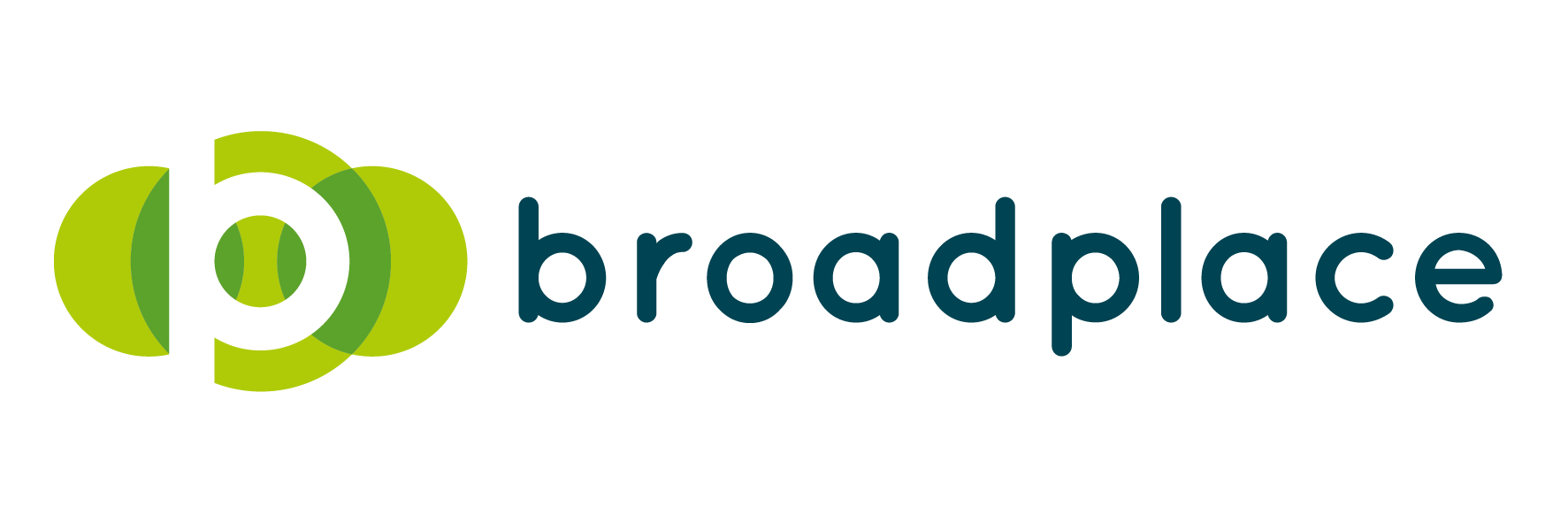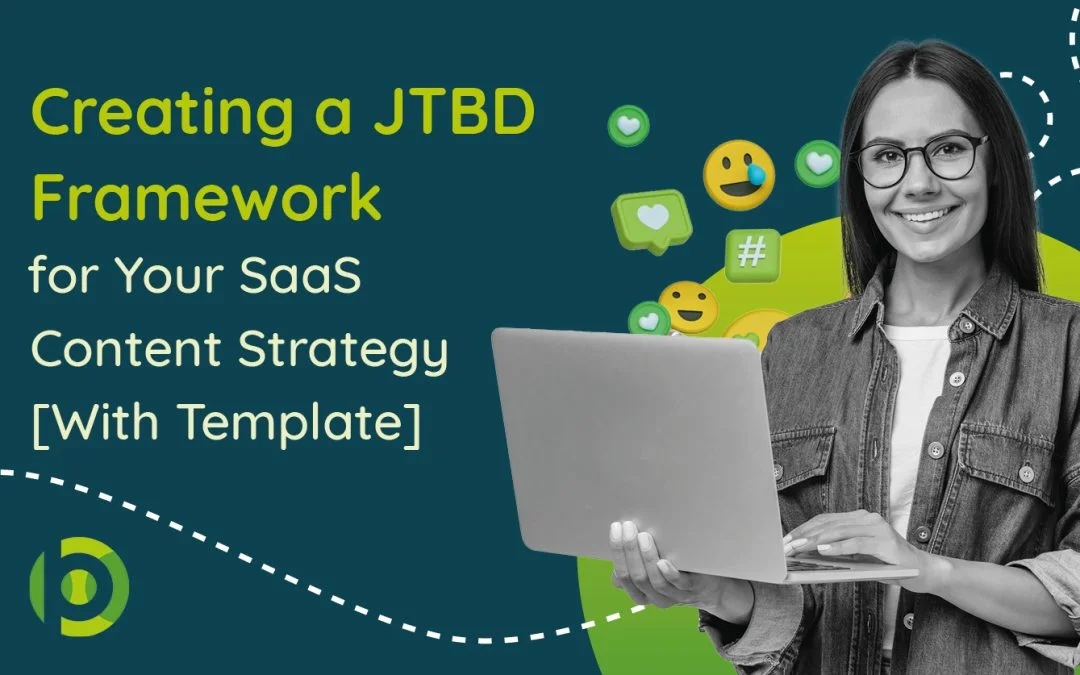Building a content marketing strategy for a Software as a Service (SaaS) business is all about understanding the pain points that their product solves and how their users use it to solve them.
Do that and you’ll find that perfect combination of creating content that you’ll be able to weave the product into, generate traffic and drive people to the signup page.
While all of that sounds simple, it’s anything but.
You need a robust framework and process, to be able to tease out those pain points and use cases that you’ll build your strategy around. That’s where the Jobs to be Done (JTBD) comes into play.
If you’re unsure what a JTBD framework is, and how to use it, don’t worry! In this post we’ll break down what it is, how to create one and apply it. And if that isn’t enough for you, we’ve even included a template for good measure.
What Is The Jobs-To-Be-Done Framework?
A Jobs-To-Be-Done (JTBD) framework is a way of understanding why people buy and use your product. Instead of just thinking about what people buy, within the JTBD framework it looks to understand how people utilise products to do certain tasks or jobs within their day-to-day life.
When businesses figure out the jobs customers need to do regularly, they can learn a lot about what people need and want. This helps them to understand how their product or services help to fulfil their customers needs. And more importantly for marketers, what content you can create around this to target them.
The Key Elements of a JTBD Framework
If you’re developing a JTBD framework for content marketing, you need to keep it focused on the key personas that use your tool, the responsibilities of their role and how the tools solves them. At a bare minimum we’d recommend capturing the below:
- Job Role: The different job titles or roles that main users of your product have.
- Key Responsibilities: If you were writing a job description for their role what are the key responsibilities that they have.
- Individual Tasks: What are the individual or the day-to-day tasks that they will have to do as part of that.
- Product Use Cases: How the product can be used to help complete each of those individual tasks.
How can you use a JTBD framework for your content strategy
A JTBD plays a massive part in identifying your audience, their pain points and how your product solves them. This can then be used to help you:
Identify topics and search terms
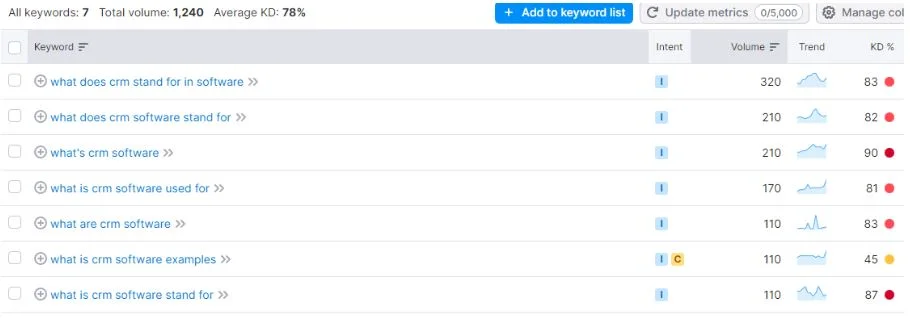
By understanding the specific jobs and tasks your target audience seeks to fulfil, you can uncover the individual search queries that are related to those needs.
Map different content topics and formats to the funnel
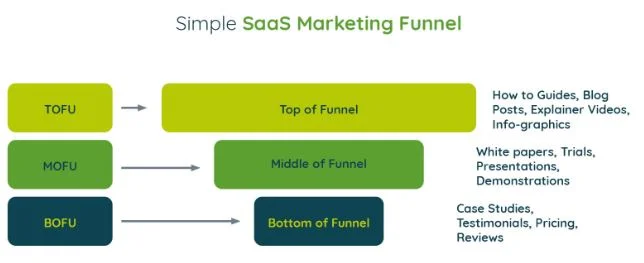
Once you’ve got an understanding of the different jobs, how they relate to your product and the search terms around them, you can map them to your funnel and site’s landing pages.
Landing Page Optimisation
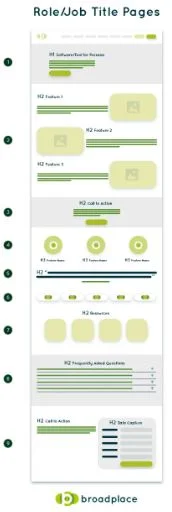
SaaS site’s often struggle to understand what landing pages they need for their site, and also what content needs to be included on those pages. Understanding the specific jobs your product or service helps customers complete allows you to tailor landing pages to address those needs effectively.
If you need a more in-depth guide on what landing pages the best SaaS sites utilise, check out our in-depth guide.
User Intent Matching
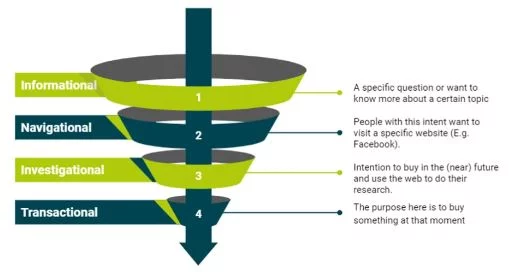
Search engines increasingly prioritise delivering results that best match user intent. By aligning your SEO strategy with the jobs your target audience wants to accomplish, you can ensure that your website content meets user expectations and satisfies their search queries. This alignment enhances the relevance and authority of your pages in the eyes of search engines, improving your chances of ranking for relevant keywords.
If you want to understand how to better match user search intent then check out our post.
Identify Resources That Earn Links
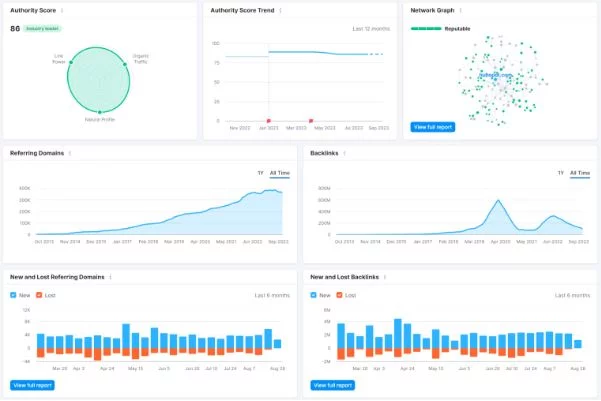
If you can figure out what tasks people frequently do, you can quickly identify related resources and tools they need to complete them. These are usually the content assets that naturally acquire backlinks as they solve problems and are typically harder to create, so they get referenced by other lazier sites across the web.
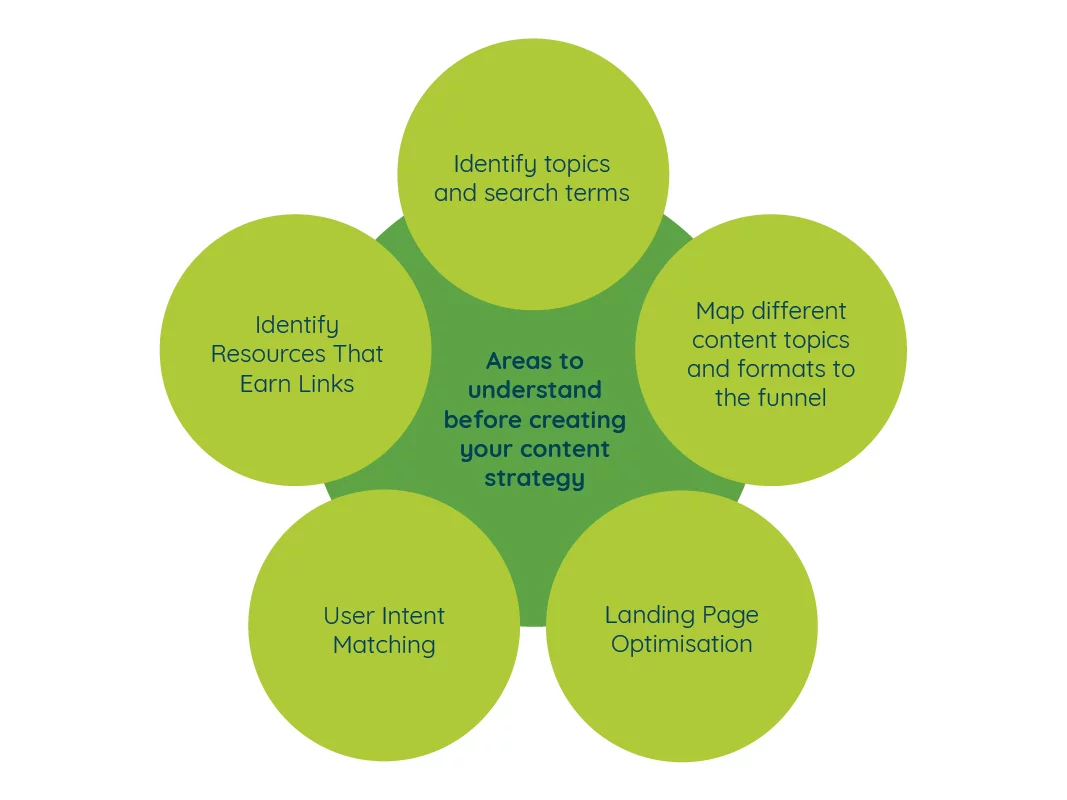
Creating Your Own Jobs-To-Be-Done Framework
Step 1: Identifying The Jobs To Be Done/Understanding Your Audience
To develop an effective Jobs-To-Be-Done (JTBD) framework for your SaaS product, you need to first understand your audience’s needs and objectives. If you’re unsure of how to do this then follow the below step:
Identify Key Personas Relevant to Your SaaS Product:
Begin by identifying the primary personas or user segments that you best think align with your SaaS product. These personas represent different types of users who may have distinct needs, goals, and challenges. Examples of personas could include software developers, marketing managers, sales managers, or small business owners, depending on your product’s target market.
Research and Define Each Persona’s Job Role:
Conduct thorough research to understand the job roles and responsibilities of each persona. This involves gathering information about the typical tasks, objectives, and challenges associated with their roles.
If you’re unsure of where to start with this, then LinkedIn serves as a treasure trove of information. By analysing job descriptions related to your target personas you can get a better understanding of the specific tasks and challenges they face.
Now that you’ve done the above, you should have a better understanding of your audience’s needs and objectives, laying the foundation for creating a comprehensive Jobs-To-Be-Done framework.
Step 2: Creating The Document
Once you’ve identified your target personas and gained insights into their job roles and daily tasks, it’s time to create your Jobs-To-Be-Done framework document.
Our suggestion would be to create a spreadsheet, either in Excel or Google Sheets.
Once you’ve created your document, you can then start to highlight your key personas within each column. You can be as detailed or vague as you like, choosing to include key details about each persona such as demographic information, or just keep it simple with their job title. This information will help you to differentiate between the various personas you’ve identified.
Dedicate columns to outline each persona’s primary job role and the specific daily tasks they need to accomplish. This section should provide a detailed breakdown of the tasks, responsibilities, and challenges associated with each persona’s role.
If you want a simple example of a typical JTBD framework then you can download our template by clicking here.
Step 3: Mapping Persona Tasks to Solutions
Now that you’ve identified key personas and their daily tasks, the next step is to map these tasks to solutions offered by your Service/Tool. Follow these steps to effectively align user needs with your product features:
- Reviewing Persona Tasks and Challenges:
Start by thoroughly reviewing each persona’s tasks and challenges outlined in your JTBD framework. Dive deep into the specific activities, responsibilities, and pain points associated with their roles to gain a comprehensive understanding of their needs.
- Identifying Tasks Solvable by Your SaaS Tool:
Analyse each persona’s tasks to identify which ones can be effectively addressed or improved with the use of your SaaS tool. Look for pain points, inefficiencies, or gaps in their workflow where your product can provide a valuable solution.
- Categorising Tasks and Matching with Product Features:
Categorise the identified tasks based on their nature and relevance to your SaaS product. For example, classify tasks into categories such as communication, project management, data analytics, etc. Then, match each task with the specific features or solutions offered by your tool that address them.
- Providing Detailed Examples and Solutions:
When mapping persona tasks to your product features, ensure to provide detailed examples and explanations of how your tool solves each task or challenge. Highlight the specific functionality that your product offers that directly addresses the user’s needs.
- Start Mapping Out How Your Personas Search
When creating content, it’s crucial to tailor your language to suit different types of users, as not all users have the same level of knowledge. Consider how each persona might search for solutions to their problems. Entry-level users may use simpler language without technical jargon, while higher-level positions might use industry-specific terminology and acronyms.
By crafting messages specific to each persona, you optimise your site for your audience, potentially increasing both traffic and conversions.
Summary
In the competitive landscape of Software as a Service (SaaS), understanding your product’s potential and identifying your target audience is the key to a successful content strategy.
Using a Jobs-To-Be-Done framework allows you to understand their responsibilities, the common tasks they do and how your tool fits in with all of it. Allowing you to then dig into all of that and identify the topics and searches around it to develop everything from the landing pages you need to your blog strategy.
If you’re looking for some more SaaS tips then check out our post on 10 ways you can boost organic traffic to your SaaS site.
